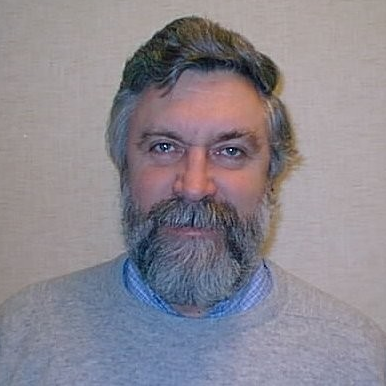Laser Ultrasonics
A special issue of Applied Sciences (ISSN 2076-3417). This special issue belongs to the section "Acoustics and Vibrations".
Deadline for manuscript submissions: closed (31 December 2018) | Viewed by 39163
Special Issue Editors
Interests: laser ultrasonics; ultrafast light–matter interactions; nonlinear acoustics
Interests: laser-based ultrasound and its applications; laser processing and its applications; laser-induced bubble dynamics; laser-induced plasma and shock waves
Special Issue Information
Dear Colleagues,
The field of laser ultrasonics encompasses fundamental research on laser–matter interactions, as well as applications of opto-acoustic and acousto-optic phenomena in industry and biomedicine. Laser ultrasonics is a promising technique for the evaluation of novel materials and elastic/mechanical structures across spatial dimensions that have been realized through recent advances in materials science. New applications of laser ultrasonics in industrial applications continue to emerge as advanced manufacturing techniques are developed. The progress in laser science and development of new lasers, as well as advances in instrumentation and signal processing approaches, has broadened the reach of laser ultrasonics to include studies of ultrafast, nanoscale, and nonlinear phenomena, optical and acoustic interactions in complex and/or light-sensitive materials, and photoacoustic processes in biological media.
The goal of this Special Issue of Applied Sciences on “Laser Ultrasonics” is to provide a platform for the presentation of recent research achievements in all areas of laser ultrasonics. This issue welcomes papers from across this diverse field, from the evaluation of fundamental light-matter interactions at femtosecond temporal and nanometer spatial scales and studies of coherent phonon interactions with other excitations and particles (excitons, magnons, electrons, or bubbles) to the NDT (nondestructive testing), industrial and biomedical applications of laser ultrasonics. Topics of interest for this issue include, but are not limited to, new laser ultrasonic generation and/or detection techniques and instrumentation, signal processing approaches and inverse analysis, materials characterization and NDE (nondestructive evaluation), industrial applications, simulation and theory, and fundamental acousto-optic and wave propagation phenomena.
Prof. Dr. Vitalyi E. GusevProf. Dr. Zhonghua Shen
Prof. Dr. Todd Murray
Guest Editors
Manuscript Submission Information
Manuscripts should be submitted online at www.mdpi.com by registering and logging in to this website. Once you are registered, click here to go to the submission form. Manuscripts can be submitted until the deadline. All submissions that pass pre-check are peer-reviewed. Accepted papers will be published continuously in the journal (as soon as accepted) and will be listed together on the special issue website. Research articles, review articles as well as short communications are invited. For planned papers, a title and short abstract (about 100 words) can be sent to the Editorial Office for announcement on this website.
Submitted manuscripts should not have been published previously, nor be under consideration for publication elsewhere (except conference proceedings papers). All manuscripts are thoroughly refereed through a single-blind peer-review process. A guide for authors and other relevant information for submission of manuscripts is available on the Instructions for Authors page. Applied Sciences is an international peer-reviewed open access semimonthly journal published by MDPI.
Please visit the Instructions for Authors page before submitting a manuscript. The Article Processing Charge (APC) for publication in this open access journal is 2400 CHF (Swiss Francs). Submitted papers should be well formatted and use good English. Authors may use MDPI's English editing service prior to publication or during author revisions.
Keywords
- laser ultrasonics
- non-destructive testing/evaluation
- industrial and biomedical applications
- advanced sensing and imaging
- innovative instrumentation
- nonlinear phenomena
- ultrafast processes
- phonons interaction with particles and excitations






